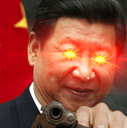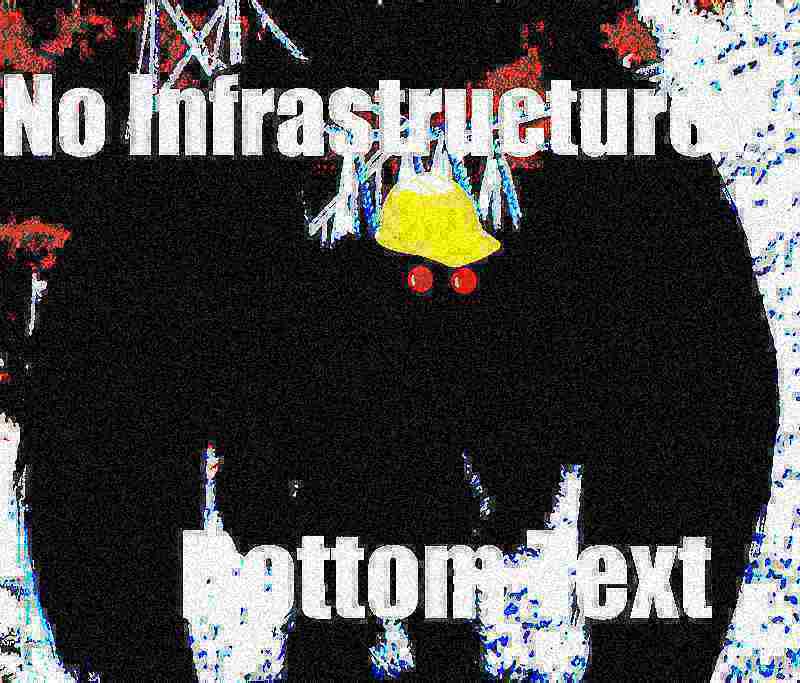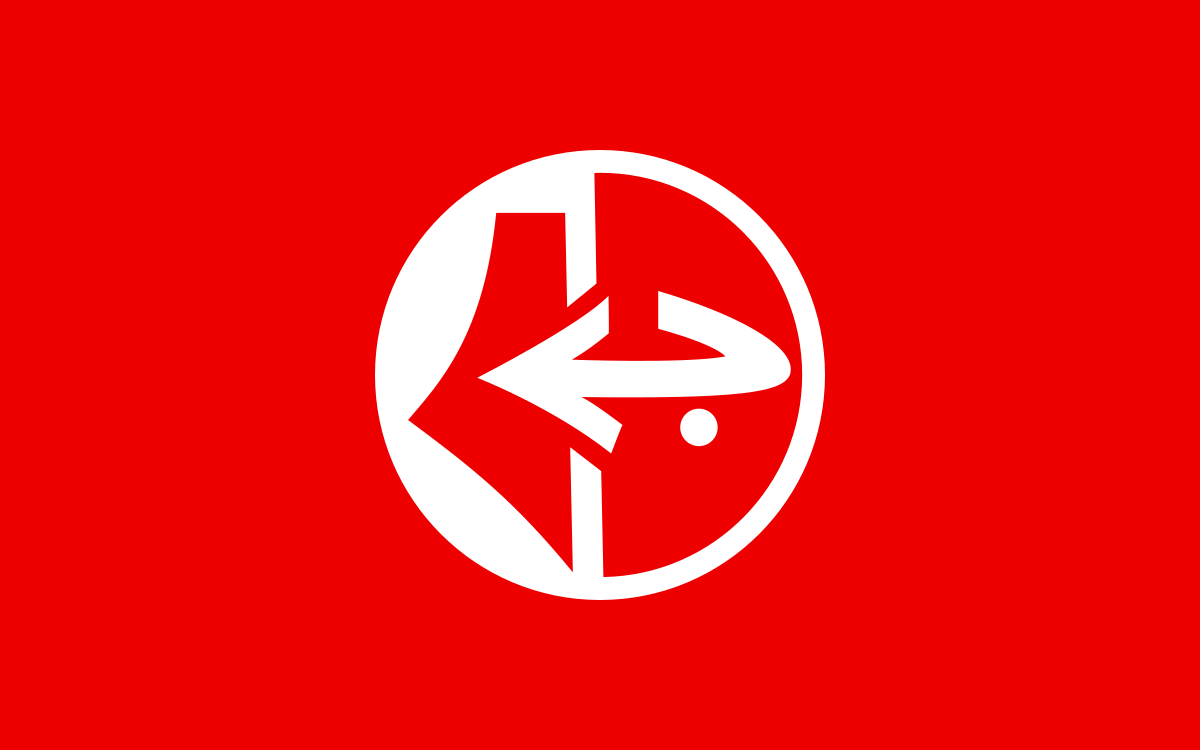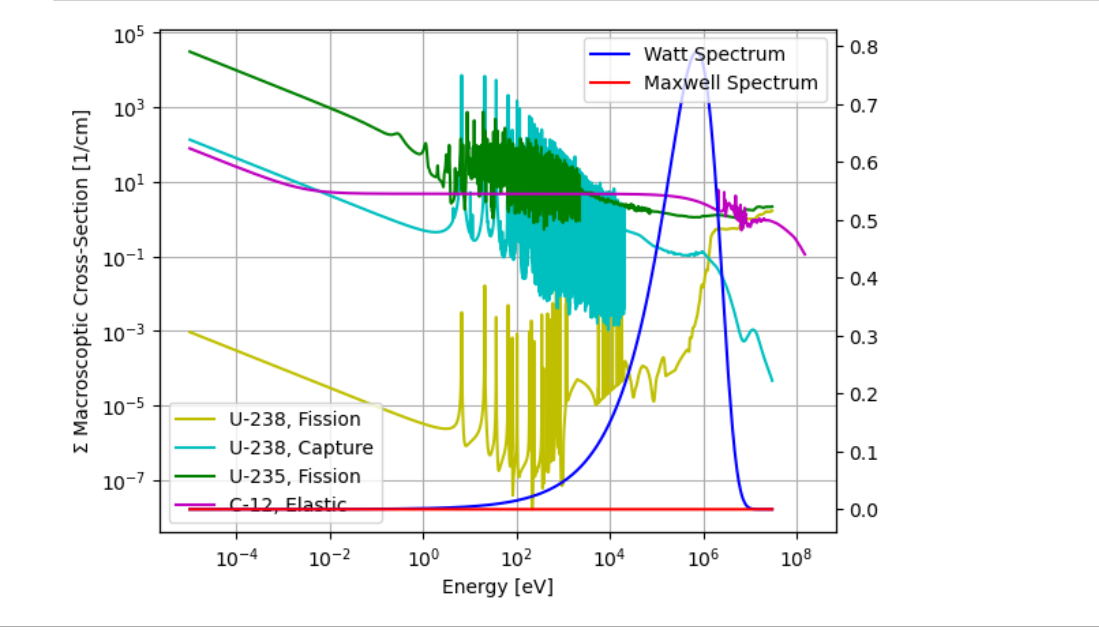

I’m still a bit confused on all the differences between a color coup and color revolution.
Is the article stating that color coups forgoe the idea of taking control over the state and instead are entirely focused on making governing impossible? That doesn’t seem to me any different from the stages before a color revolution.
Why is Syria today under Jolani a color coup vs a color revolution? The brutality of it seems consistent with Latin American color revolutions like Chile.
The use of a protracted terror seems more like a tactic that the West uses to take advantage of in West Asia rather then a new devolpment. If they could instigate these kinds of terror cells in Latin America in the event that their first color revolution attempt failed, would they not do it?
The article is definitely informative and is a useful resource however I’m still not entirely sure I understand the difference between a color revolution and color coup.




Thank you for the clarification. I think I understand now.
My understanding is that when a color revolution fails, which is becoming increasingly common as imperialism develops, along with the Global South’s understanding of imperialism, the US increasingly turns to sowing chaos and destruction through protracted terror campaigns rather then parasitically yanking organic movements in whatever direction they want.
Essentially the color coup is a development from the color revolution because movements in the global south have gotten wise to Washington’s tactics. Therefore, since the US can no longer attain their goals by latching onto these movements, they do there best to anhilate all functioning of governments they target.
The west is also on the decline meaning they have to resort to these more desperate tactics compared to before.
I’m now interested in the way things develop from here.
As we can see with Gaza, the western myth of humanitarian concern is shattered. This along with the increasingly aggressive sentiment of the US, even towards their vassels, makes it obvious to all of the global south that the US has no concern for people’s conditions of life and only carew about furthering its political goals.
The increased use of these color coups over color revolutions, though concering, potentially opens some doors, or more accurately, closes a large amount of looping paths.
With the increase of these color coups and terror campaigns, the more likely that the global south gains wider awareness of such simple tactics. It forces these movements and countries to burn the bridge of western compliance. More over, it makes obvious that the answer to this issue is through unity with other members of the global south. A chain is broken by its weakest link, therefore pressure from the rest of the global south to not be that weakest link will mount.
In a way this increased brutality will isolate the west further and create an enemy in their victims who is increasingly united.
I expect that initially this strategy will he successful, a shock of sorts, however I think it will quickly burn out its effectiveness as globalized brutality is unsustainable. We may then see countries begin taking measures similar to the Sahel revolutions in order to combat this new development, leading to the west fully committing to these campaigns.
Eventually sparse interconnected regional alliances who turned to “authoritarianism”, as the west will call it, will cooperate with another to cover there weaknesses against the western terror plots.
Perhaps my view is too hopeful or I am missing a key factor but, I honestly think these color coups may be, though initially more brutal, significantly less compotent then the former color revolutions.